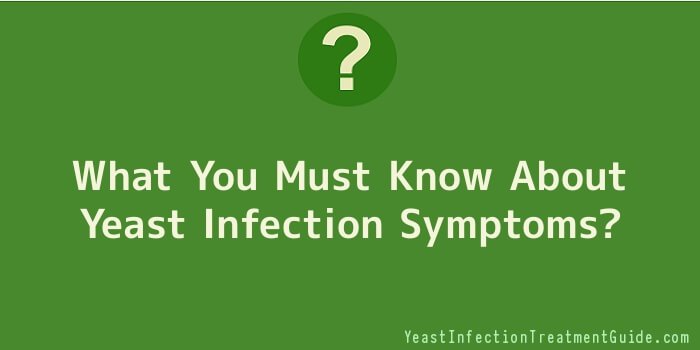
Yeast infection symptoms can happen in both women and men. The medical term for the condition is Candidiasis, and it is most usually caused by Candida albicans.
This is mainly due to the natural microorganisms that are alive and present on the skin, in the gut and mucous membrane layers of humans and animals. The symptoms will appear when new yeast or an overgrowth of yeast gets introduced in the system.
Yeast infection is not counted as STD, even though it can be transmitted with sexual activities. Men can get the infection when being an intercourse with a woman who has the condition, even if she has not yet any signs about it.
That is why, it is able to spread through sexual contacts inadvertently. This is another reason why a condom really should always be used when having random sex. Also, when a yeast infection is diagnosed, it must let heal long enough before returning to sex life again.
What causes yeast infections? There are a variety of reasons. Your diet can be one root cause. If you consume a great deal of foodstuffs that contain plenty of yeast, such as cheese and breads, this can promote the growth of Candida in your system. On the other hand, some foods, such as yogurt, can prevent the overgrowth.
Additional culprits of the condition consist of chemotherapy, contraceptive pills, and overuse of antibiotics. Pregnancy and diabetic issues can also be contributed to yeast infections in some situations.
Yeast infection symptoms include red, inflamed skin, relative to genital itching, which could cause pain while urinating as urine comes into contact with the aggravated skin. In women, the presence of a chalky discharge and vaginal itching may become severe with associated pain during sexual intercourse.
There are specialists that claim the signs of fatigue and weight gain are additionally linked with yeast infections. In men and children, red splotches could appear in the armpits or skin folds.
Look for cracking at the corners of the mouth and pale patches on the tongue, particularly in little ones as they cannot complain about their symptoms. This condition is known as oral thrush and can extend to the cheeks and the back of the throat. Little ones who are breastfeeding could pass the infection, resulting in symptoms of flaky, uncomfortable and itchy nipples.
There are some home remedies that may ease the symptoms. For example, anti-itch creams can be valuable. Nonetheless, they normally offer just temporal alleviation and the symptoms recur at some point if the condition is not correctly managed.
The most reliable yeast infection home remedy is to wear clean, dry, loose-fitting clothes which keep the locations dry and help prevent chafing. Making the effort to prevent scratching will aid to ease more irritation.
